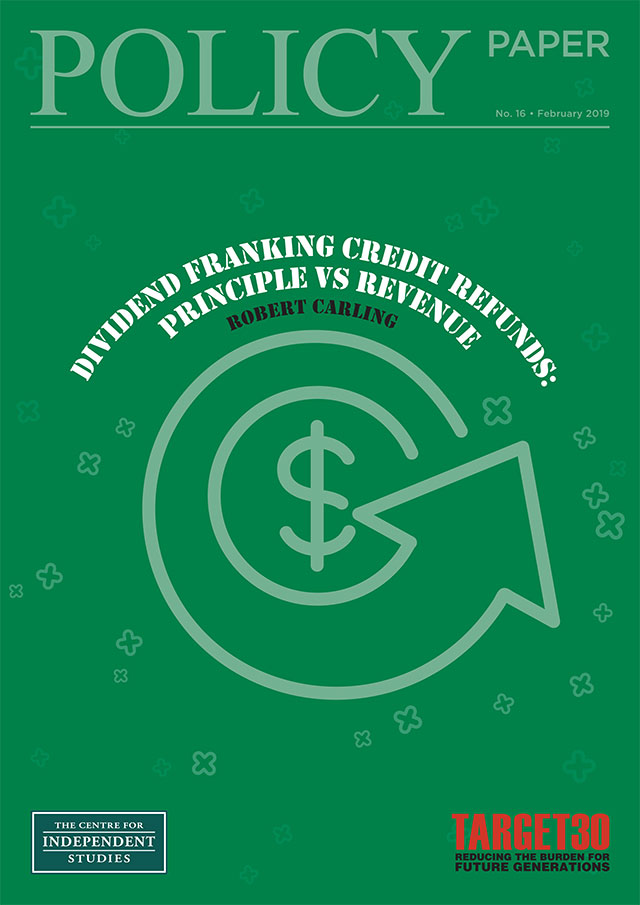
Under Australia’s dividend imputation system of taxation, since 2000 taxpayers whose franking credits exceed their tax liability have been paid a cash refund of the excess. The Labor opposition’s policy is to continue with the imputation system but to abolish cash refunds of excess franking credits, subject to a carve-out for some age pensioners. This has aroused a storm of controversy and led to the establishment of a parliamentary inquiry. This paper is based on the author’s submission to the House of Representatives committee in November 2018.
The paper discusses the issues of taxation policy at stake, the history of refunds, and the impact abolition would have on taxpayers, markets and revenue.
Refundability of franking credits was introduced in 2000 after rigorous review of the relevant tax policy principles and has not been challenged by subsequent review of the tax system. As long as the imputation system remains in place, refundability is a logical component of it and should remain in place. Any move to abolish refundability for revenue-raising reasons would fly in the face of the sound principle on which it is based.
The additional revenue raised would be concentrated on a relatively small number of individuals and funds and would have a large absolute and percentage impact in some cases. The opportunities for taxpayers to rearrange their assets to avoid or minimise this impact are very limited.











